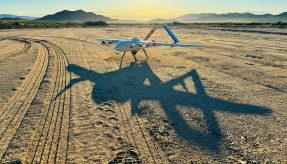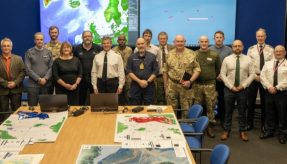
Dstl has contracted a team of imaging specialists to assist in the development of its video enhancement research capability.
Led by Plextek Service Ltd and supported by RFEL Limited and 4Sight Imaging, the team will look at tackling the problem of performing rapid evaluations of real-time image processing functions, while simultaneously demonstrating the latest adaptive capabilities, all within a minimised size, weight and power footprint.
Dstl can use this platform to solve complex defence vision and surveillance problems, facilitating the rapid incorporation of best-in-class video processing algorithms while simultaneously bridging the gap between research prototypes and deployable equipment.
Peter Doig, Plextek’s Defence Business Manager, said: “RFEL and Plextek have brought together their expertise in sensor exploitation and real-time embedded video processing, along with Dstl and 4Sight’s adaptive algorithms, to create a single, environment that delivers a robust proving tool. This allows a diverse range of enhancements to be experimentally evaluated, using an optimised yet intelligent and flexible architecture that can be re-used in deployable field equipment.”
Dr Alex Kuhrt, RFEL’s CEO, said: “Image processing techniques can have a huge number of degrees of freedom, with a wide range of possible parameter settings. Usually, this calls for a high level of user expertise, in order to set up a vision system. For security or defence applications, where conditions can change rapidly, a system may also require frequent tuning of those video controls to re-optimise the image. Commercial camera systems already recognise this and deliver a point-and-shoot experience, but military users have more specialised needs for their imagery, needs that are not well served by commercial or broadcast video enhancement products. Those users are typically operating under high pressure: they need a system that performs the right optimisation, automatically, to deliver the right mission capability, and crucially, never gets tired of doing so.”
Kuhrt added: “The aim of providing such a fully automated, self-optimising, real-time video processing just got one step closer. This approach can continuously adjust to the scene dynamics far more accurately and rapidly than a human could ever achieve. Add to this the ability to balance the optimal image quality with the bandwidth available and the power available and this technology can be exploited to provide a truly game-changing approach to high-performance video situational awareness.”
If you would like to join our community and read more articles like this then please click here








